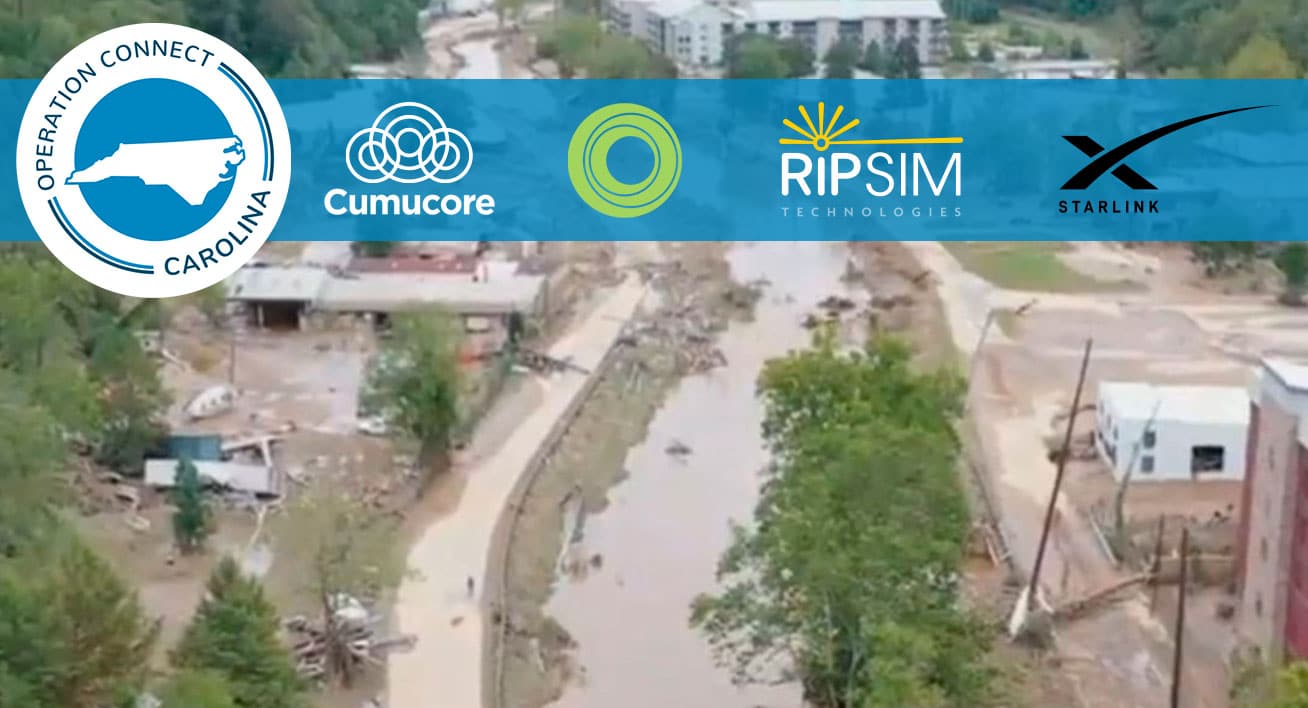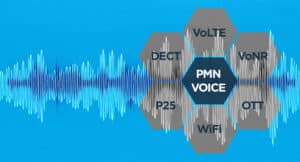This blog explores the innovative technology choices, phased approach, and collaborative effort that have made Operation Connect Carolina a pioneering example of how private mobile networks can rapidly restore critical connectivity in disaster-stricken areas.
Operation Connect Carolina’s Mission to Restore Internet Access in West North Carolina
In the aftermath of Hurricane Helene, Western North Carolina faced widespread devastation. Homes were destroyed, roads became impassable, and for thousands of people, essential communication lines were wiped out. For communities relying heavily on the internet for health services, education, and essential communications, losing connectivity was a critical blow. When Operation Connect Carolina launched, it aimed not only to restore the region’s network infrastructure but also to rebuild these vital connections using a state-of-the-art private mobile network solution. With a vision to deliver internet access to 10,000 people, the project has already activated five networks across the hardest-hit areas, becoming a lifeline for those navigating the challenges of recovery.

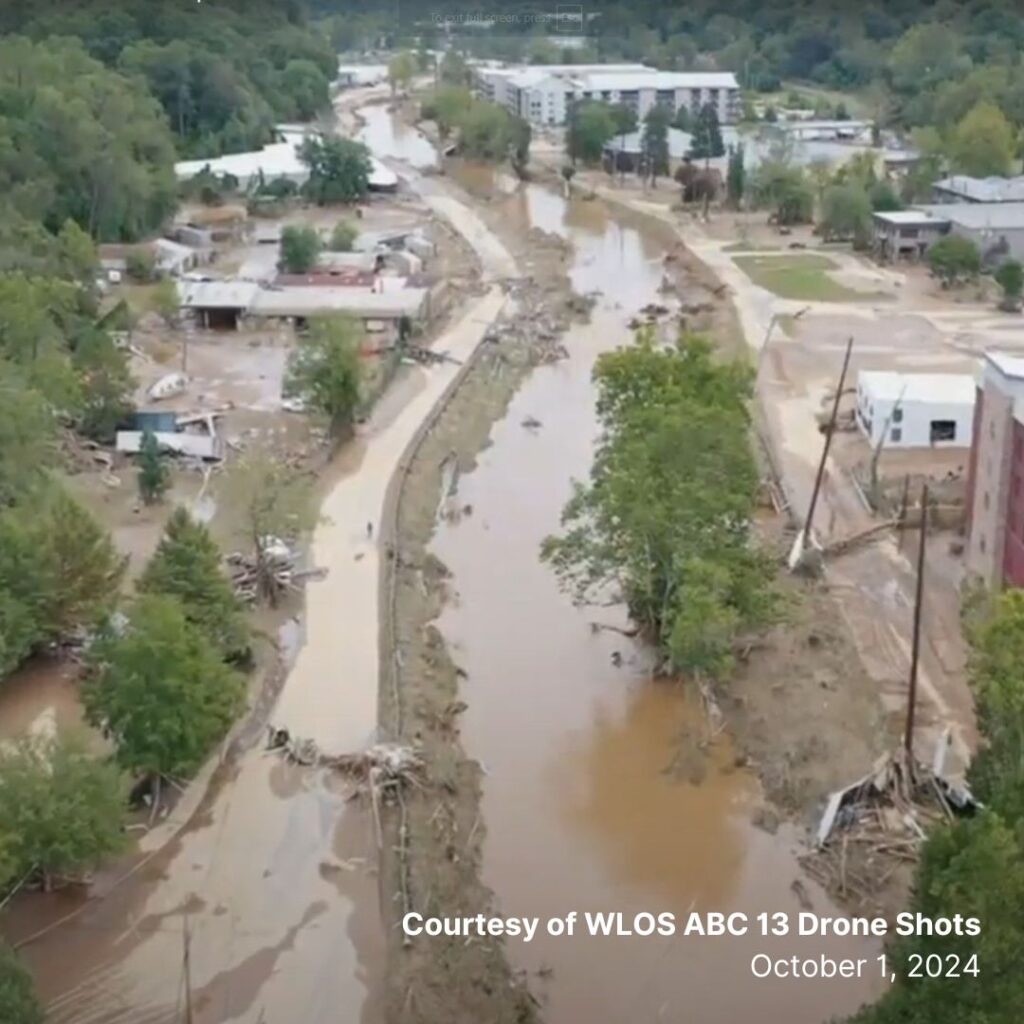
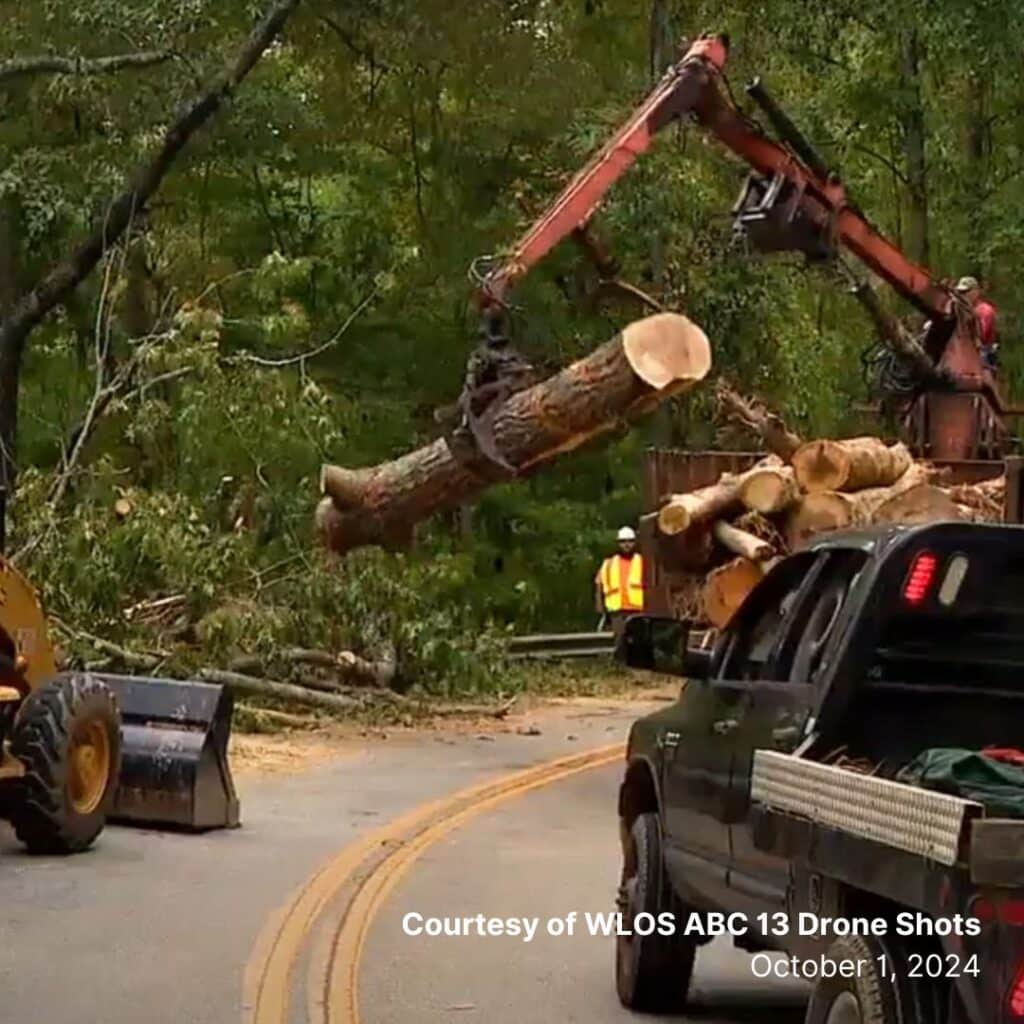
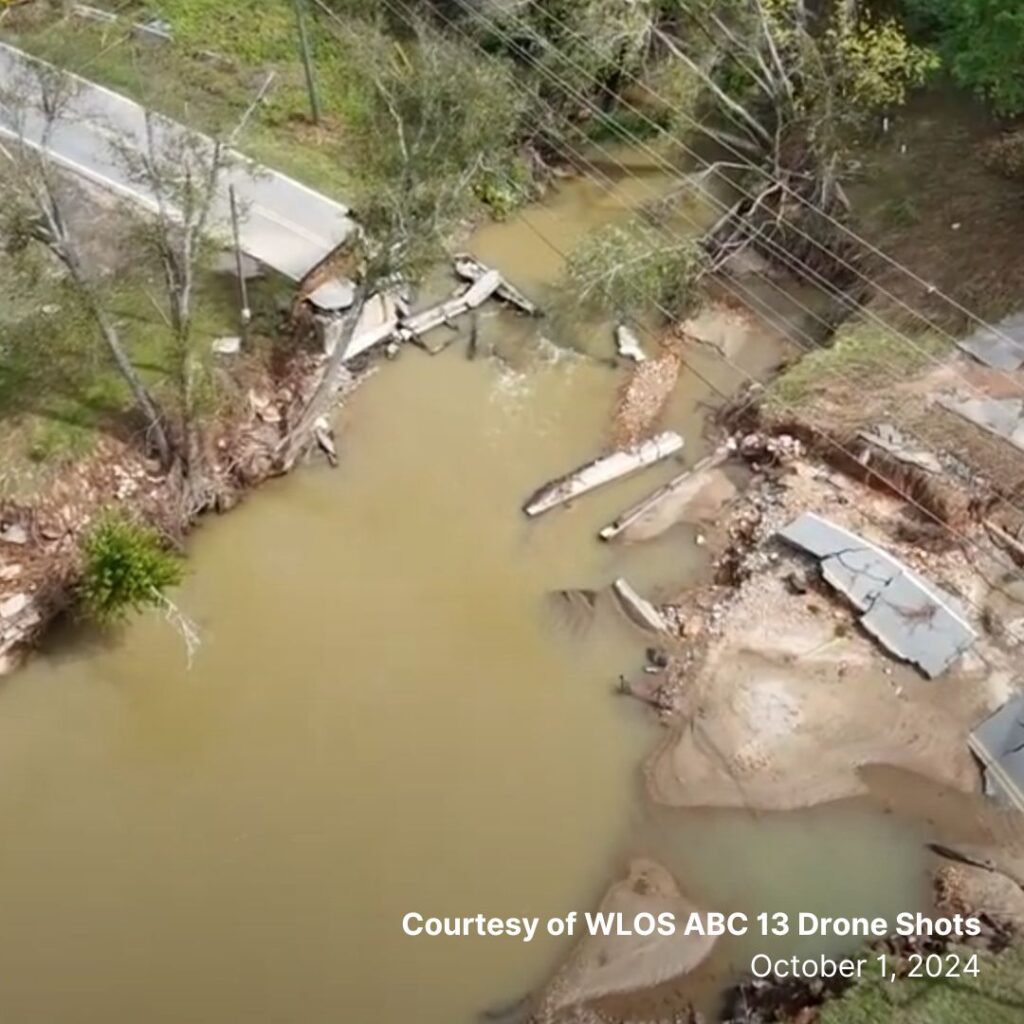
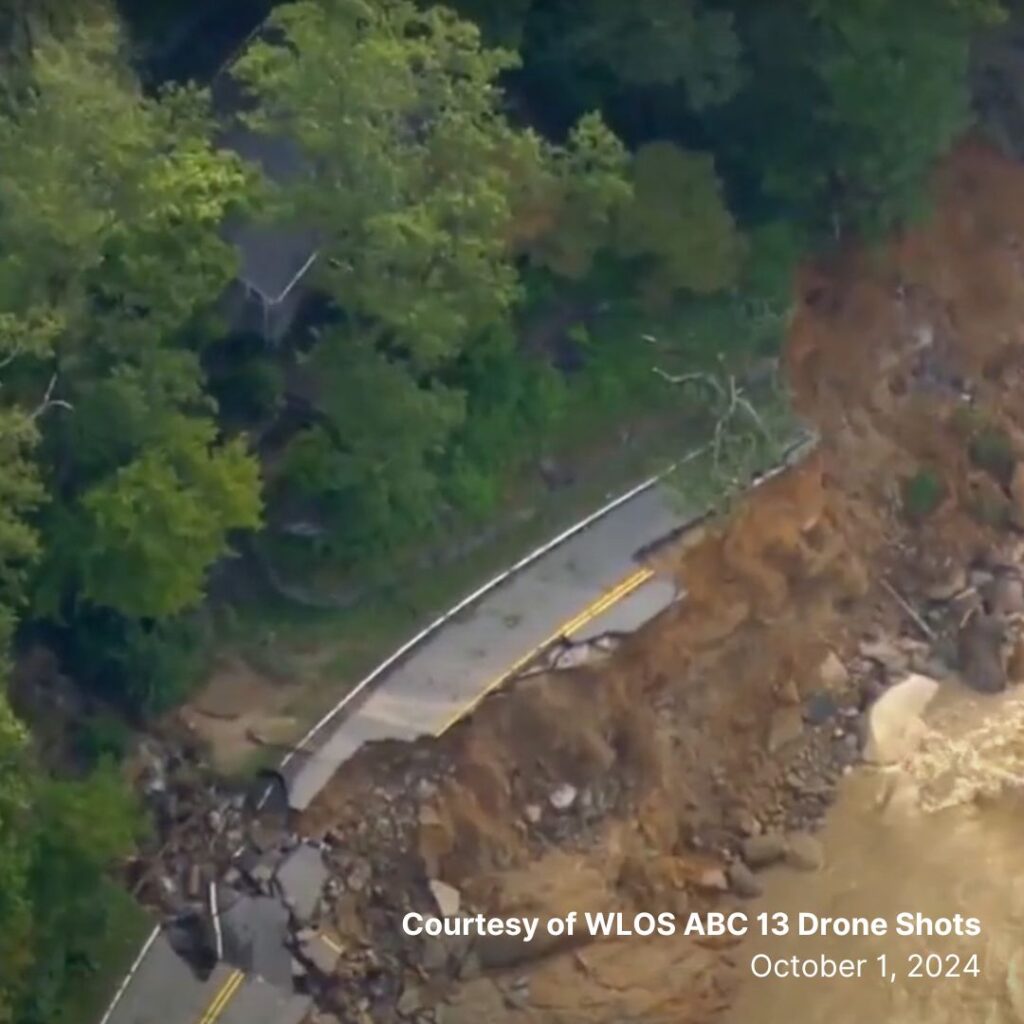
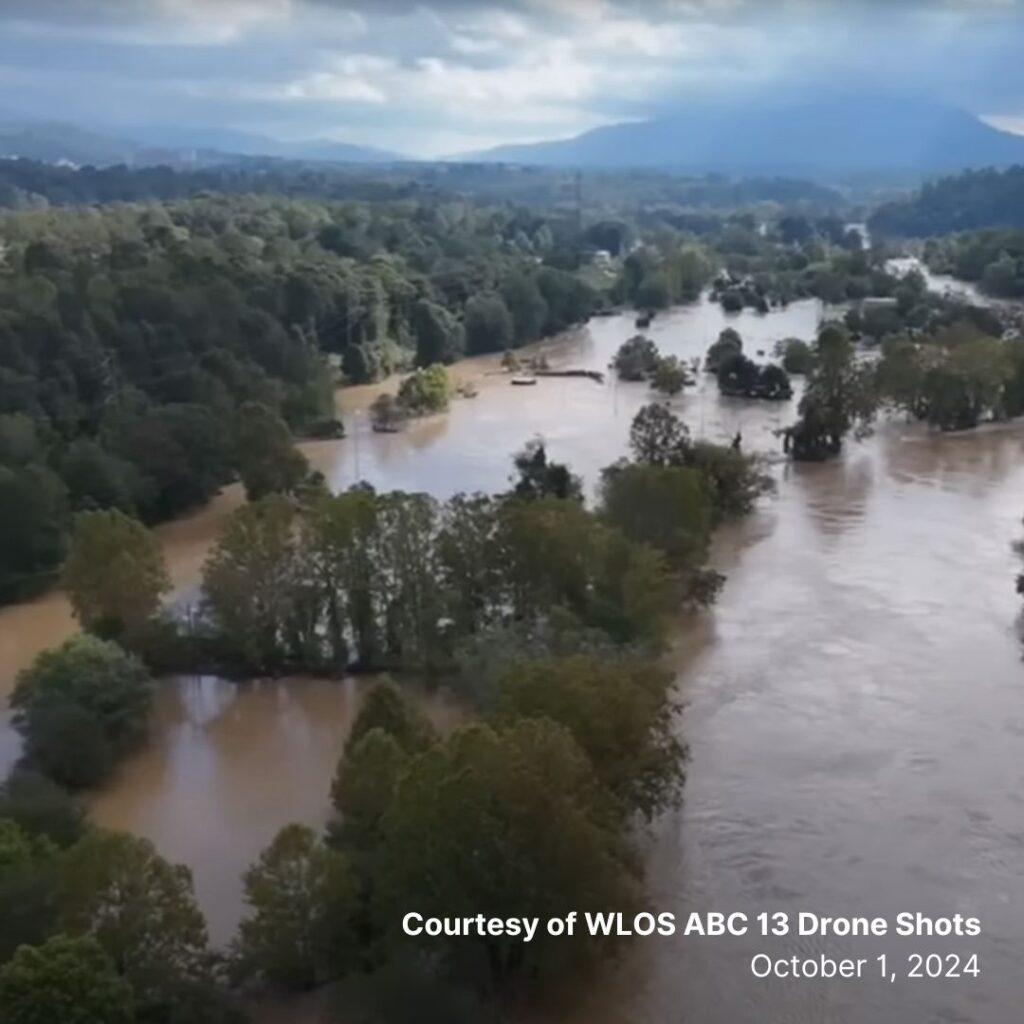
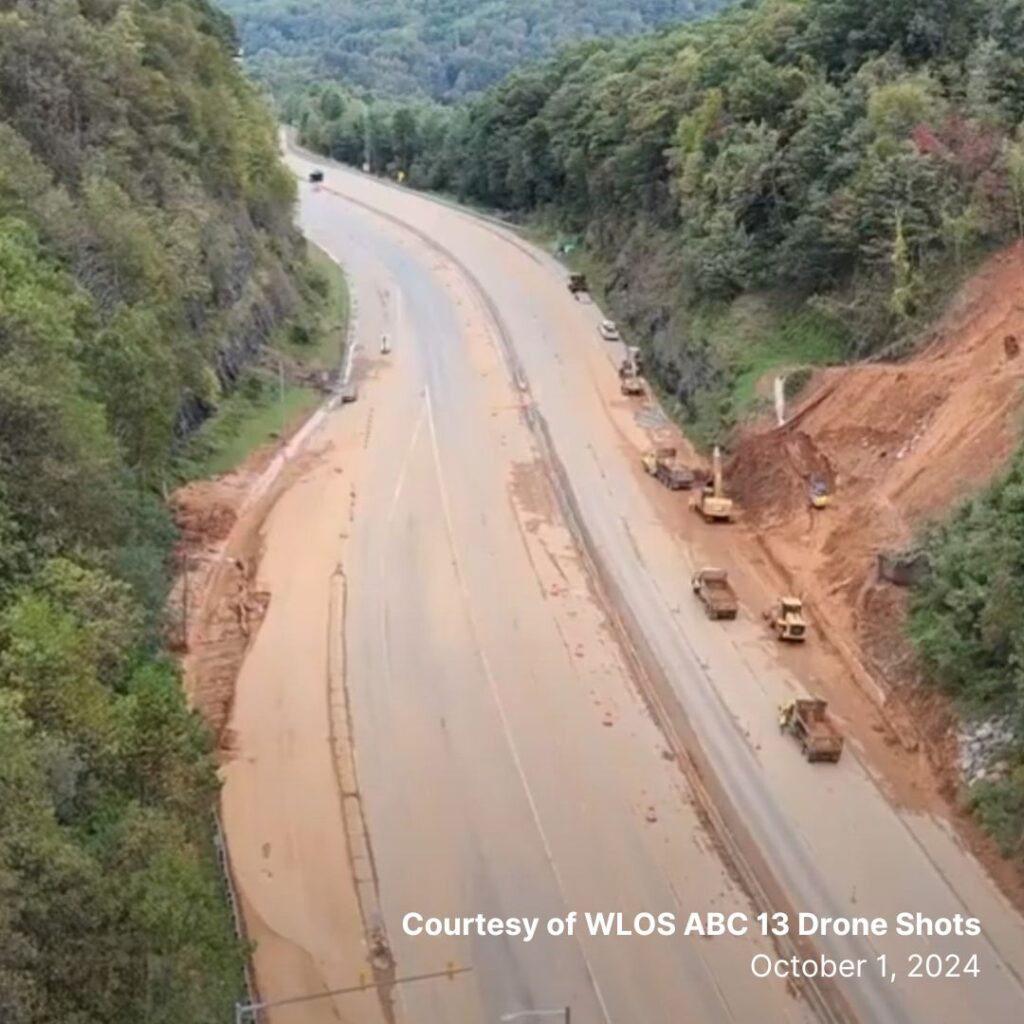
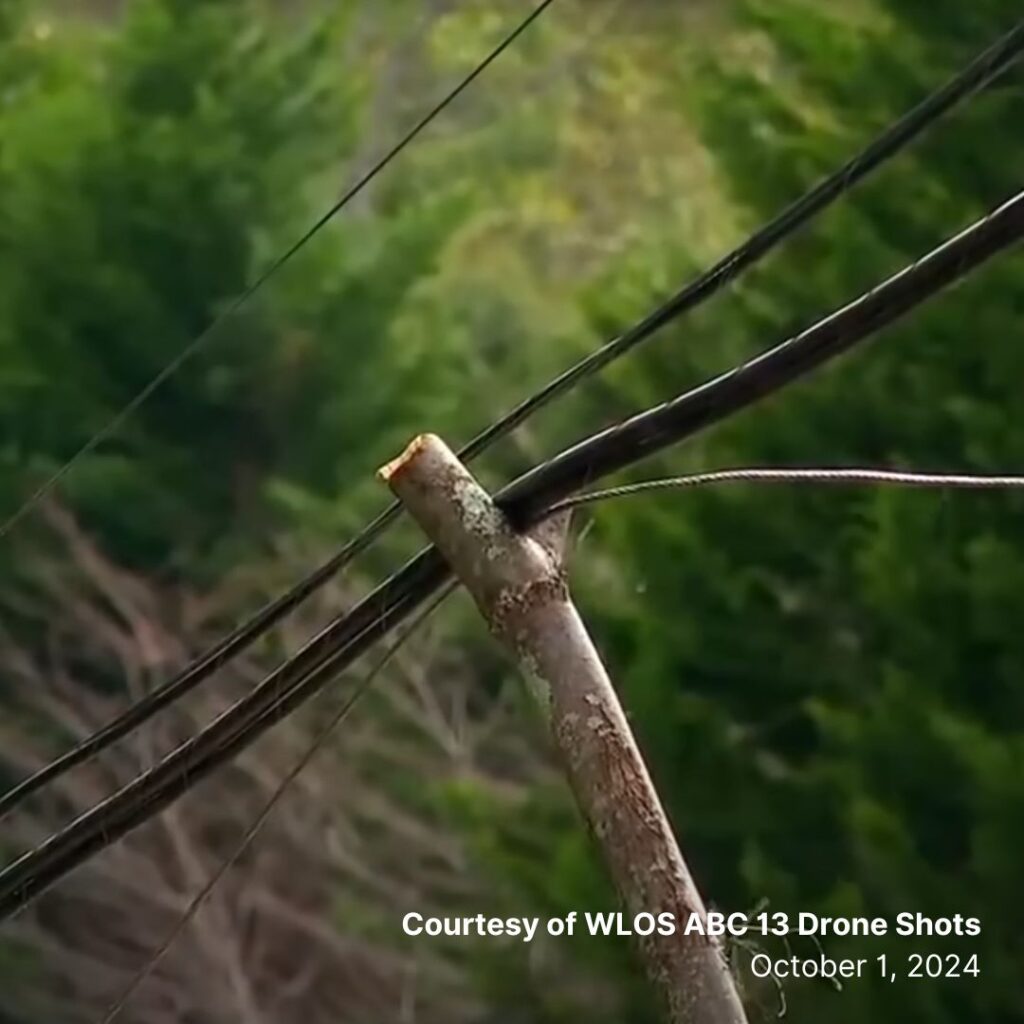
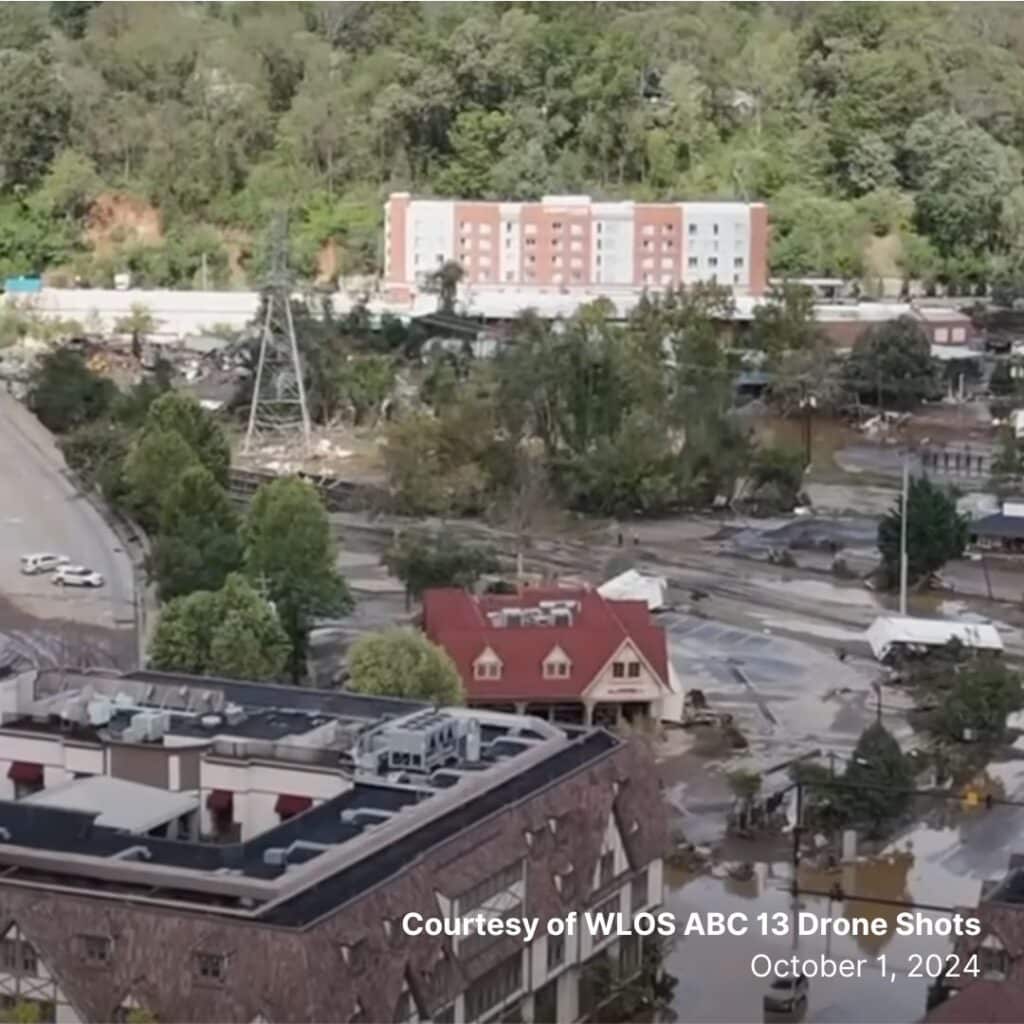
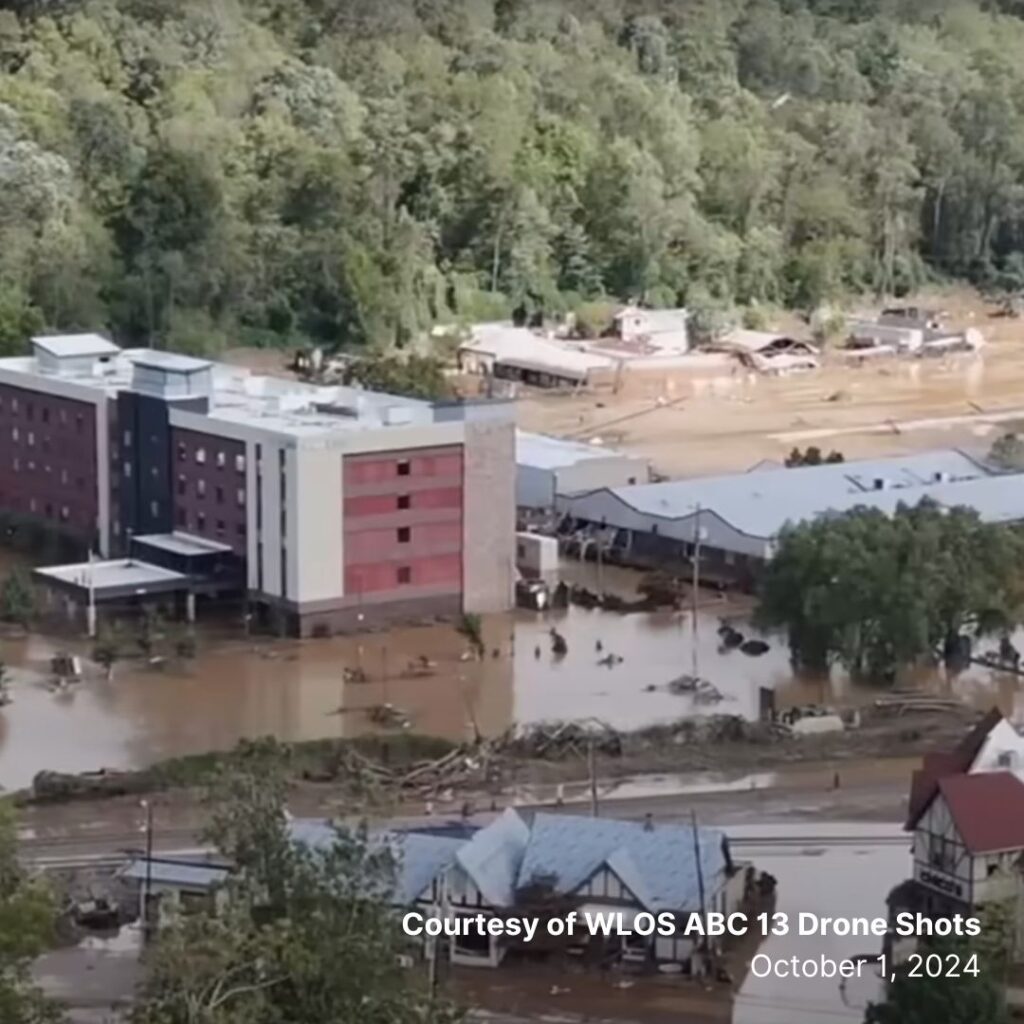
The Challenges of Restoring Connectivity After a Hurricane
Deploying a private mobile network in the wake of a natural disaster poses a unique set of challenges. Western North Carolina, battered by Hurricane Helene, experienced widespread power outages, destruction of infrastructure, and disruption of conventional communication systems. The rugged terrain and remote locations of many communities only amplified these challenges. A comprehensive solution was needed—one that could operate independently of damaged power grids, be deployed quickly, and support a large user base.
Key challenges included:
- Power and Transmission: With no reliable electricity and damaged transmission lines, traditional infrastructure setups were impractical.
- Device Compatibility: Residents could not access a private mobile network without compatible devices and SIM cards.
- Backhaul Requirements: A robust backhaul solution was essential to connect local networks to the internet while minimizing latency.
Operation Connect Carolina tackled these obstacles by employing CBRS frequencies for device compatibility, 5G technology for capacity, a localized core network to reduce backhaul dependency, and eSIM technology to streamline user access. The solution was designed to overcome each challenge while establishing a framework for long-term resilience.
Phased Project Delivery: Building a Network in Crisis Conditions
To ensure efficiency and scalability, the project was structured in three distinct phases, each designed to build progressively toward full connectivity:
Mobile Core Deployment and eSIM Integration
Cumucore provided the mobile core software, integrating with eSIM provider RiPSIM to create a streamlined network access solution. The eSIM technology enabled easy digital distribution, allowing users to join the network by scanning a QR code without needing physical SIM cards. This innovation eliminated the logistical hurdles of SIM card distribution and allowed residents to reconnect swiftly and securely.
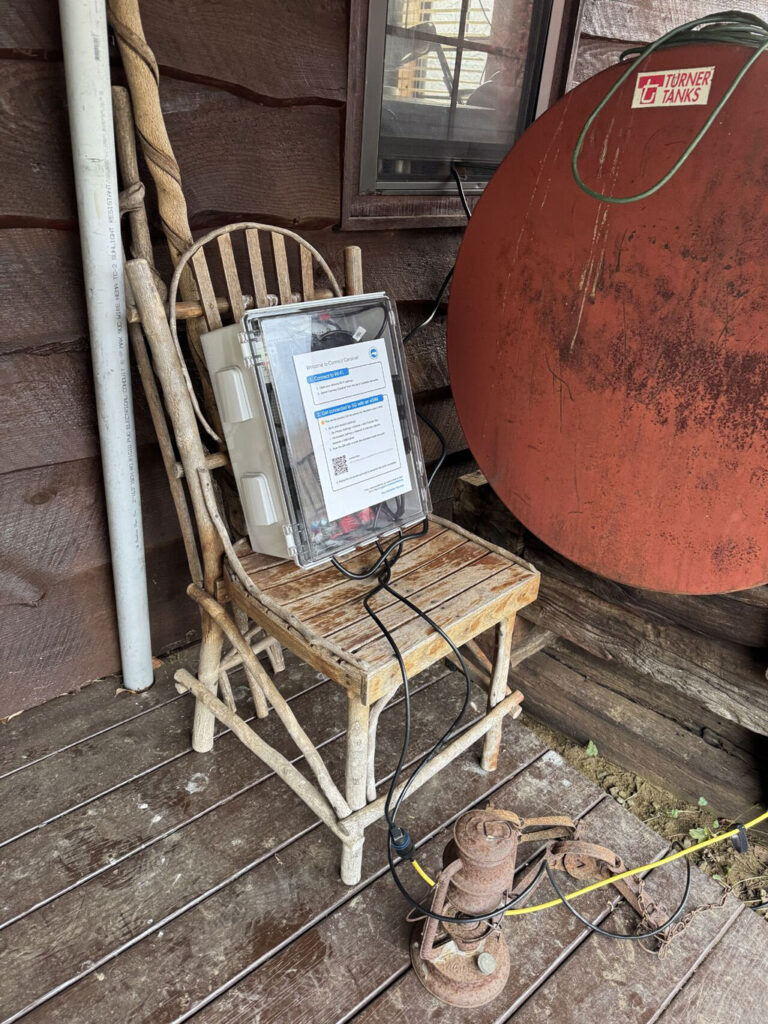
Local Network Creation with Mosolab Base Stations
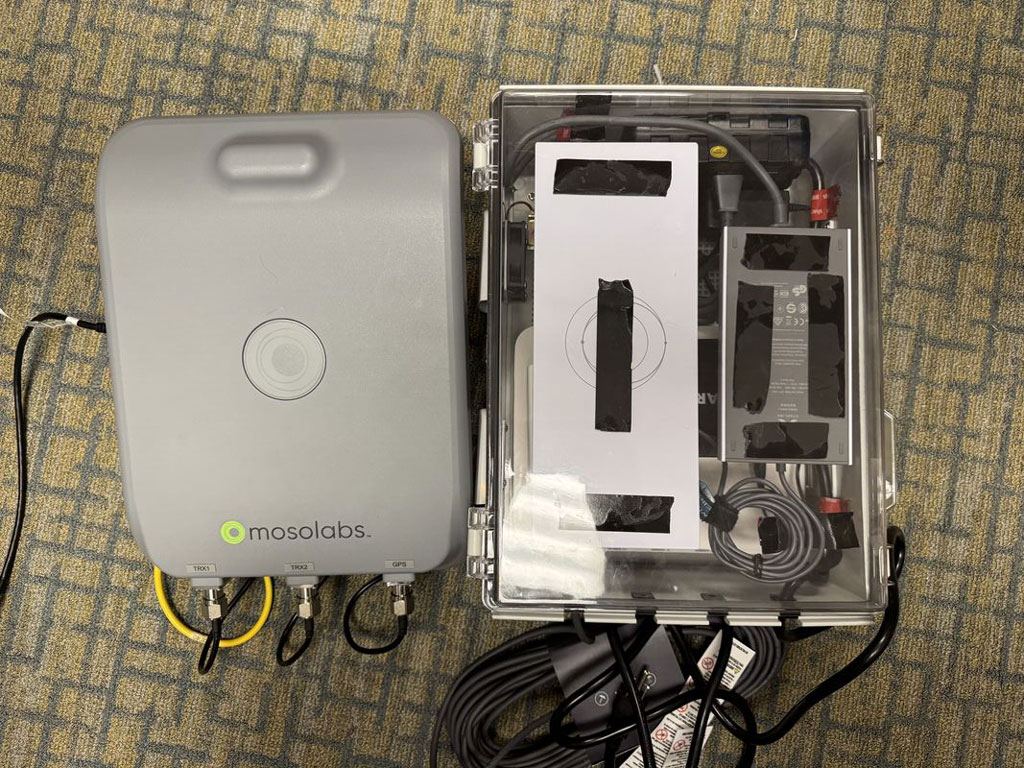
Next, Cumucore’s core network was integrated with Mosolab base stations to establish local networks in affected areas. This phase created the foundational infrastructure needed to deliver high-quality connectivity across multiple communities. The local core functionality allowed the network to operate independently, minimizing dependency on high-quality backhaul infrastructure that is often disrupted in disaster settings.
Internet Connectivity via OneWeb, Kymeta and Starlink Integration
In the final phase, OneWeb, Kymeta and Starlink’s satellite backhaul was integrated to connect the local network to the broader internet, providing crucial internet access for both residents and emergency responders. By leveraging satellite technology, Operation Connect Carolina ensured reliable backhaul connectivity even in regions where conventional fiber-optic or fixed-line connections were no longer viable. This step expanded the network’s reach, making it possible to deliver essential services such as communication, telemedicine, and information sharing across the impacted areas.
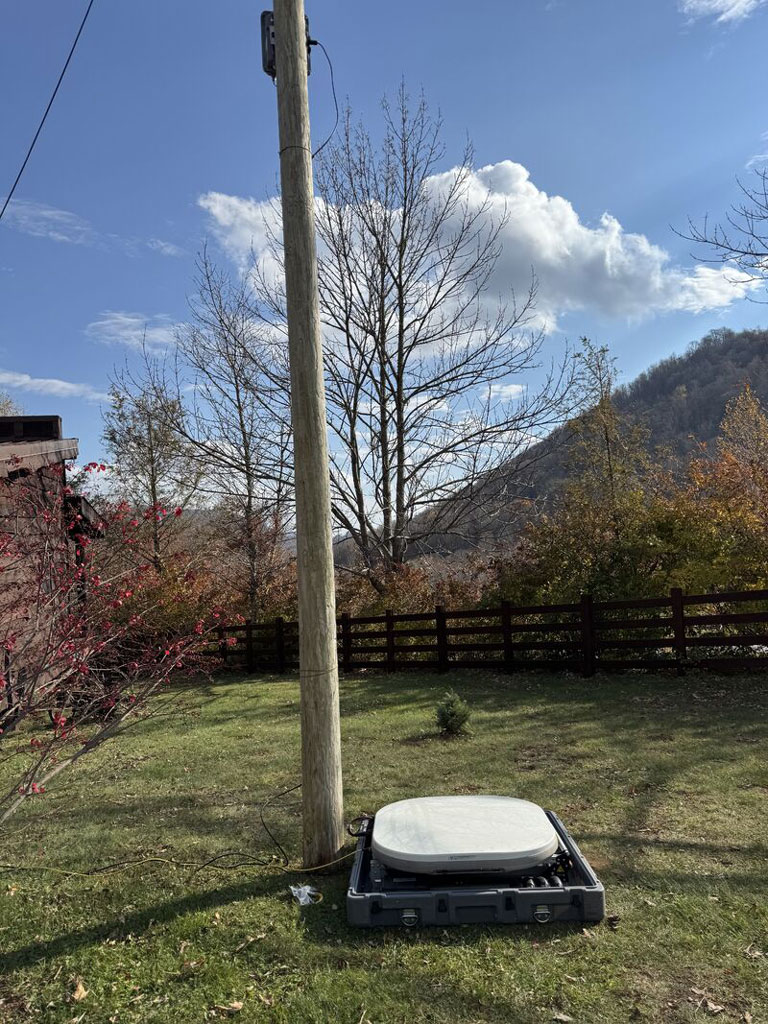
Through these phases, five network sites are currently operational, providing internet access to communities across Western North Carolina. The rapid deployment of these sites has proven that scalable, flexible, and high-capacity private mobile networks can be established in disaster zones without relying on traditional infrastructure.
Technology Choices: Building Resilient Networks with CBRS, 5G, Local Core, and eSIM
The technology stack behind Operation Connect Carolina was carefully chosen to address the unique demands of a disaster-stricken environment. Each technology component played a role in ensuring that the solution was adaptable, efficient, and inclusive.
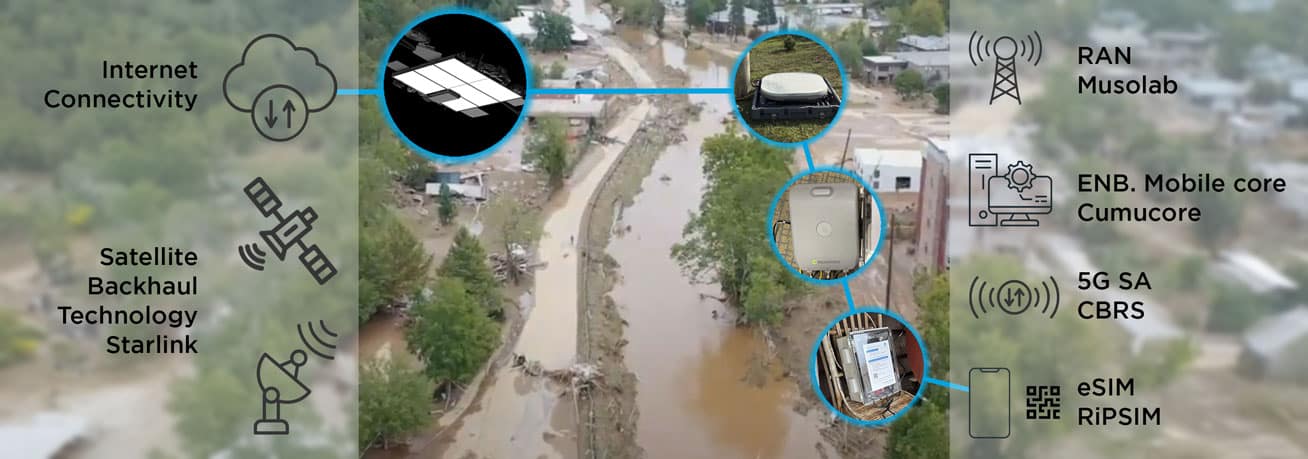
1. CBRS for Compatibility and Extended Coverage
CBRS frequencies were a natural choice, as they are supported by most modern handsets, ensuring immediate compatibility with devices in the field. The use of CBRS also allowed for higher RF transmission levels, providing wider area coverage with fewer base stations. This characteristic was particularly beneficial in a region like Western North Carolina, where large areas needed to be covered quickly with limited infrastructure.
2. 5G for High Capacity and Performance
5G technology provided the high-capacity connectivity necessary to support thousands of users simultaneously. Unlike previous mobile technologies, 5G can handle the demands of data-intensive applications, from video calls to real-time data sharing, ensuring that the network could support both critical communication and general connectivity needs. This capacity is essential not only for emergency responders but also for the 10,000 residents who rely on internet access as they begin the process of rebuilding.
3. Local Core for Backhaul Independence
Cumucore’s localized mobile core allowed the network to function autonomously without depending on high-quality backhaul links. By handling signaling locally, the core reduced the need for stable, high-capacity internet connections between the base stations and central network infrastructure—an important advantage in areas where backhaul is often unreliable. This configuration not only simplified deployment but also improved network reliability for end-users. In the solution every site has common user database (UDM) and they are using the same PLMN.
4. eSIM for Seamless, Contactless Access
The adoption of eSIM technology addressed the challenges of SIM card distribution in a disaster zone. By delivering eSIM profiles through QR codes, Operation Connect Carolina enabled rapid, contactless network access. This approach made connectivity inclusive and accessible, as any smartphone user within network range could scan a code and connect without needing physical SIM cards, dramatically reducing logistical hurdles.
The Impact: Rebuilding Communities Through Connectivity
With five network sites currently operational, Operation Connect Carolina is already making a difference in the lives of thousands of residents in Western North Carolina. These networks provide critical internet access for people across the region, helping them reconnect with family members, access essential services, and receive up-to-date information on recovery efforts. Additionally, by enabling consistent communication channels, the network supports emergency responders, enabling better coordination, faster response times, and improved resource allocation.
For communities that rely on the internet for telemedicine, education, and financial services, the availability of these networks is transformative. As residents rebuild their lives, reliable internet connectivity enables them to access online resources, telehealth consultations, and virtual learning platforms—creating a foundation for both immediate recovery and long-term resilience.
Industry Impact: Setting a New Standard for Disaster Response Networks
Operation Connect Carolina not only showcases how private mobile networks can support disaster recovery but also sets a new standard for the mobile network industry. This deployment highlights several industry-shaping impacts:
- Advancing private mobile networks as Essential Disaster Response Tools
Historically used in industrial and enterprise settings, private mobile networks have proven to be invaluable in this disaster response scenario. By offering a flexible, rapidly deployable solution, Operation Connect Carolina has demonstrated how private mobile networks can play a crucial role in disaster preparedness and response. This successful deployment may inspire greater adoption of private mobile networks by emergency response agencies and non-governmental organizations (NGOs). - Setting a Precedent for eSIM as a Digital Solution
The project underscores the practicality of eSIM technology for cases where physical SIM distribution is impractical. By demonstrating the effectiveness of eSIM in a disaster setting, Operation Connect Carolina has helped promote eSIM as a viable, scalable solution for disaster response, reducing dependency on physical distribution channels and expanding accessibility to mobile networks. - Paving the Way for Decentralized Network Architectures
By placing mobile core functionality at the network edge and integrating satellite backhaul, the project has shown that decentralized architectures can be highly effective in challenging environments. This model may encourage mobile network operators and private mobile network providers to adopt more decentralized approaches, enhancing network resilience and adaptability. - Encouraging Collaboration Between Mobile and Satellite Providers
The integration of OneWeb, Kymeta and Starlink as a backhaul solution demonstrates the power of collaboration between mobile and satellite providers. By combining forces, these industries can expand connectivity in areas where traditional infrastructure is limited or unavailable. This trend toward hybrid solutions could shape the future of rural and remote connectivity worldwide.
A Model for Resilience: Operation Connect Carolina’s Lasting Legacy
Operation Connect Carolina exemplifies how innovative technologies and collaborative efforts can reshape disaster recovery, delivering essential connectivity to people when they need it most. The project’s phased approach, state-of-the-art technology choices, and inclusive access model are setting a new standard for how private mobile networks can be deployed in crisis situations.
As this initiative continues, with the goal of reaching 10,000 residents, it offers a blueprint for building resilient communication networks that adapt to challenging conditions. The impact of Operation Connect Carolina extends beyond disaster recovery in North Carolina; it represents a turning point in how we approach connectivity, resilience, and recovery in the face of natural disasters.

Cumucore and Partners’ Resilient Solution Post-Hurricane Helene in North Carolina
Insights From: Jose Costa-Requena (CEO at Cumucore) | Mika Skarp (Sr. Product Manager at Cumucore) | Aaron Huslage (CEO at Celestic)


